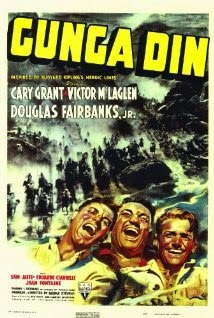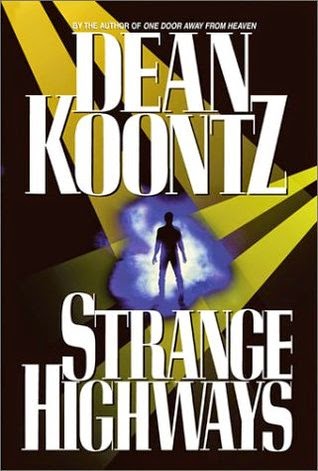Ralph is bored of being the villain for the last 30 years. Moreover, he's tired of being ostracized by his fellow characters. He may be a bad guy while someone is playing the game, but otherwise he's just a regular fella, the lonely Marty of the eight-bit world. So he decides to try to get a hero's medal. And things start to go awry.
Sharply written and closely observed when it comes to video games, Wreck-it Ralph is a really enjoyable piece of entertainment. The animators made their characters at least vaguely resemble their voice actors in many cases. Ralph, a hang-dog John C. Reilly, is perfectly acted and animated. Vanellope, voiced by Sarah Silverman, is equally enjoyable. Alan Tudyk does his best Ed Wynn as King Candy, and Jane Lynch and Jack MacBrayer do solid back-up work as a hard-case space marine and Fix-it Felix, respectively. My attention didn't flag. Recommended.
A Muppet Christmas Carol: adapted by Jerry Juhl from the novella by Charles Dickens; directed by Brian Henson; starring Michael Caine as Scrooge and the voices of Dave Goetz, Steve Whitmire, Jerry Nelson, and Frank Oz (1992): The first Muppet movie after the death of Jim Henson, with Steve Whitmire taking over the role of Kermit and other characters Henson voiced. And it's really a nice piece of work, with a remarkably sophisticated frame story in which Gonzo plays Charles Dickens as a narrator taking us through the events of Ebenezer Scrooge's fateful night. Michael Caine is solid as Scrooge, though the rest of the human supporting cast is a bit bland. The Muppets are in fine form, though. Recommended.
How to Lose Friends & Alienate People: adapted from the book by Toby Young by Peter Straughan; directed by Robert B. Weide; starring Simon Pegg (Sidney Young), Megan Fox (Sophie Maes), Gillian Anderson (Eleanor Johnson), Jeff Bridges (Clayton Harding), Kirsten Dunst (Alison Olsen), and Danny Huston (Lawrence Maddox) (2008): A fictionalization of Toby Young's memoir of working at Vanity Fair, How to Lose Friends & Alienate People wastes a metric shite-tonne of good actors with a bland, cliche-ridden script. It's not a terrible movie. It's just a boring one, with not one scene that rings with anything resembling verisimilitude.
Apparently, Toby Young was banned from the set because he kept making suggestions. Given what a bollocks the writer and director made of this production, my sympathies are with Toby Young. A book that criticizes selling out, sells out to a bland Hollywood ideal. Megan Fox, as a scheming, ditzy starlet, steals the movie. Pegg looks lost as a Romantic Lead with no good lines. Jeff Bridges just seems miscast as a fictionalized version of Graydon Carter. Not recommended.




































